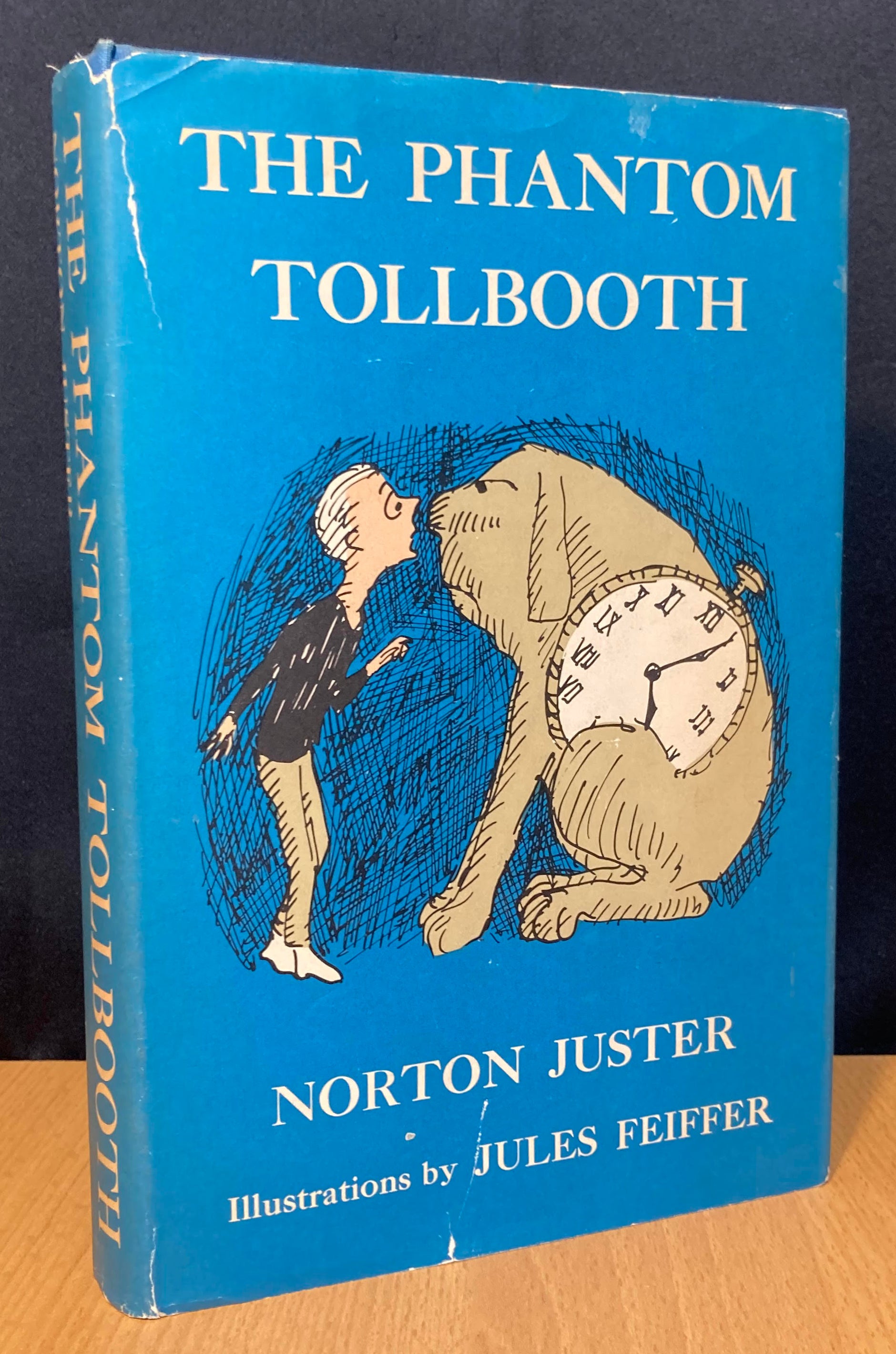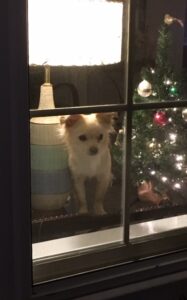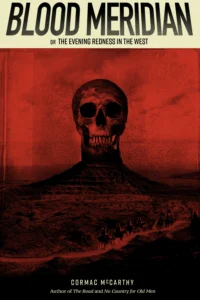By PJ Parrish
My new year got off to a rocky start. Short story: suddenly huge water bill. Plumber says there’s a leak…somewhere. Enter Mike from Gulf Coast Leak Detection. Leak is under the lawn, not the house, he says. Bill: $500 vs $10,000 to repipe house. On New Year’s Eve, I splurged on a bottle of Veuve Clicquot.
So, in honor of good starts, here is some tasty brain lint about books and writers that I found for all us who are hoping for positive outcomes in 2026.

Actual photo of famous book critic Toby,
Sick Puppy
Decades ago, when I was writing my first romance, The Dancer, my cat Hilary walked across the keyboard of my Commodore and wiped out a quarter of my work. Noooo, I didn’t make a copy. But…John Steinbeck’s dog, Toby, ate half of the first manuscript of Of Mice and Men. Steinbeck didn’t make copies either and it took him two months to write it all over again.Steinbeck wrote to his agent: “I was pretty mad, but the poor little fellow may have been acting critically.”
Hunka Hunka Burning Gov
Once, while doing some routine research on arcane FBI procedures, I got a screen message that said ERROR 451. This is, I found out, is HTTP code for “Unavailable For Legal Reasons,” meaning the government doesn’t want you to see it. The code comes from Ray Bradbury’s Fahrenheit 451 where books are infamously burned. It’s reassuring to know someone in Washington read novels.

My Golden Eye Will Be Watching You
Apropo of nothing in my life other than the fact I once got to interview Sting — The Police frontsman wrote the song “Every Breath You Take” at the same desk that Ian Fleming used to write his James Bond novels. Sting was renting the Fleming Villa in Goldeneye on the island of Jamaica while composing the famous track.
Which Might Explain Why the Coffee Tastes Like Bilge Water
Would you go to a coffee shop called Pequod’s? Whelp, that was what Gordon Bowker originally wanted to call his little coffee company because he was a Moby Dick fan and thought using the ship’s name was a nifty idea. His partner Terry Heckler thought naming a business after a doomed whaler was a bad marketing move. So now you can overpay for your Cinnamon Dolce Latte at Starbucks, named after the Pequod’s first mate.

The Allmanns, Jeff Spicoli and The Bard
Was listening to one of my fave boogie-down-the-road songs the other day — “Jessica.” Found out recently that the name — now among most popular for babies and dogs — made its first appearance in Shakespeare’s 1598 play The Merchant of Venice. Shakespeare is also credited with making up over 1,000 words and phrases including “bookworm,” “bibliophile,” “critic,” “vanish into thin air,” and “gloomy.” He also gave us “gnarly” and “pukey.” Aloha, Mr. Hand.
Let Them Eat Madeleines
I don’t remember why, but many years ago I decided I needed to read Proust. Naively, I cracked open In Search of Lost Time. It became my Everest. I had to conquer it. It took me two years. If you’re into torture, give it a go. At 1.2 million words, it is one of the longest novels ever written. Second longest is Donna Tartt’s The Goldfinch, which only feels like 1.2 million words.
“A Feeling Of Sadness That Only Bus Stations Have.”
Jack Kerouac never learned to drive. He moved to New York City as a teenager on a scholarship to boarding school and then entered Columbia, so as any smart New Yorker would say, who needs wheels in the city? Through every subsequent adventure, across the country and back, down to Mexico, up from New Orleans, Kerouac always let his buddy Neal Cassady drive. Or he took Greyhound buses.

Paperback Rider
True story: When visiting DC years ago, I went to the Library of Congress on a lark just to see if my book The Dancer was there. Sure enough, it was! Then the other day, I read that In 2003, 2.5 million unsold books from the UK romance publisher Mills & Boon were used in the reconstruction of the M6 motorway. This is the company that bought the rights to my book The Dancer. My book never sold much — in US or UK — but it gives me some sick satisfaction to think that my little paperback might be helping some poor git find his way from Catthorpe, England to Gretna, Scotland. Such is the stuff of immortality.
Happy belated new year, crime dogs.


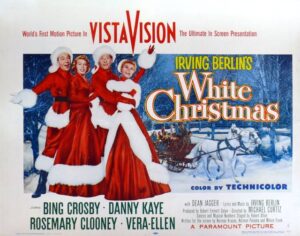


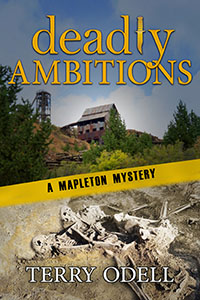



 Stuff your stocking with
Stuff your stocking with 




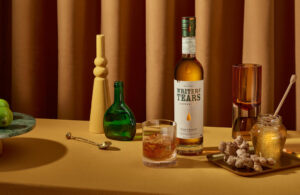






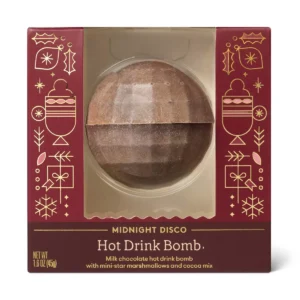

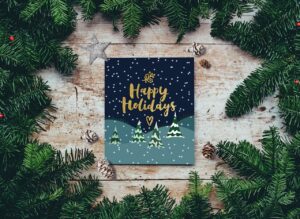

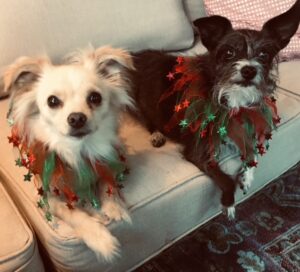 .
.